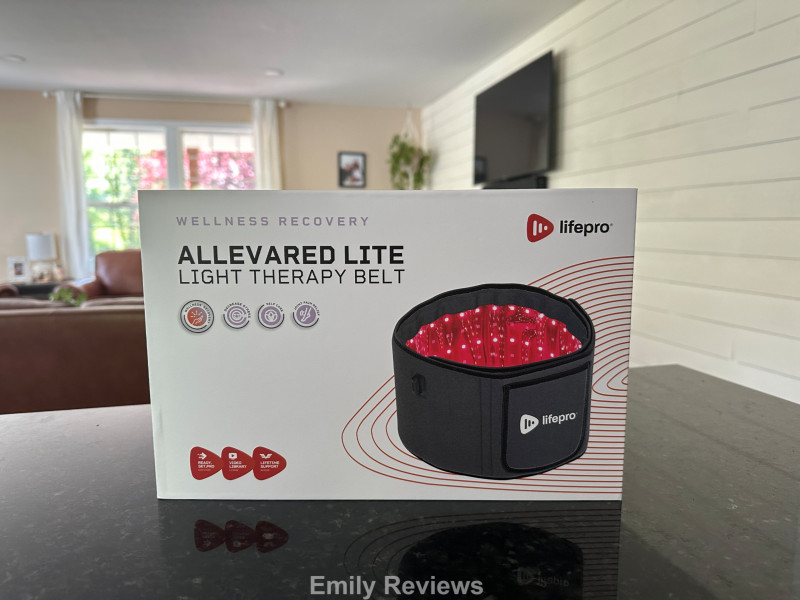This is a sponsored guest post.
Pain is a universal experience that affects millions of people worldwide. While traditional pain relief methods like medication and physical therapy have proven effective, there’s a growing interest in alternative approaches. One such method gaining attention is electroanalgesia. This innovative technique involves the use of electrical currents to alleviate pain, offering a potential solution for individuals seeking non-pharmacological ways to manage their discomfort.
Interested in this approach to treating chronic pain? Neuragenex offers electroanalgesia as part of its neurofunctional pain management.
Understanding Electroanalgesia
Electroanalgesia, also known as electrical stimulation analgesia, is a pain management approach that utilizes mild electrical currents to target and reduce pain. The concept behind electroanalgesia is rooted in the Gate Control Theory of pain, which suggests that the transmission of pain signals to the brain can be influenced and modulated by other sensory inputs, such as electrical signals.
How It Works
Electroanalgesia devices typically consist of electrodes that are placed on or near the skin in the vicinity of the painful area. These electrodes are connected to a generator that delivers controlled electrical impulses. When the electrical current is applied, it stimulates nerve fibers in the affected area. This stimulation has the potential to interfere with the transmission of pain signals, essentially “closing the gate” to prevent or reduce the perception of pain.
Types of Electroanalgesia
There are various forms of electroanalgesia, each with its own unique characteristics and applications:
- Transcutaneous Electrical Nerve Stimulation (TENS): TENS involves the application of low-frequency electrical currents through the skin using adhesive electrodes. It’s commonly used for localized pain relief and is often portable, allowing individuals to administer treatment at home.
- Electrical Acupuncture: This technique combines the principles of traditional acupuncture with electrical stimulation. Electrodes are strategically placed at acupuncture points, providing a non-invasive alternative to traditional needle-based acupuncture.
- Spinal Cord Stimulation (SCS): SCS targets the spinal cord directly. Electrodes are implanted along the spinal column, and a generator is placed under the skin. This method is often used for chronic pain conditions like neuropathy and complex regional pain syndrome.
- Percutaneous Electrical Nerve Stimulation (PENS): PENS involves the insertion of fine needles near nerve pathways, which are then connected to an electrical stimulation device. This technique is particularly useful for deep-seated pain.
Benefits and Considerations
Electroanalgesia offers several advantages as a pain management tool:
- Non-Invasive: Unlike surgical interventions, electroanalgesia is non-invasive, reducing the risks associated with more invasive procedures.
- Minimal Side Effects: Electroanalgesia is generally well-tolerated and has fewer side effects compared to some medications.
- Customizable: Treatment parameters, such as frequency and intensity of electrical currents, can be adjusted to suit individual needs.
However, there are some considerations to keep in mind:
- Individual Variability: Responses to electroanalgesia can vary from person to person, and some individuals may not experience significant pain relief.
- Expertise Required: Proper placement of electrodes and adjustment of settings require expertise to achieve optimal results.
Conclusion
Electroanalgesia presents a promising avenue for pain management, offering a non-pharmacological alternative to traditional approaches. While it may not be a one-size-fits-all solution, its potential to reduce pain and improve the quality of life for individuals dealing with various painful conditions is worth exploring. As research and technology continue to advance, electroanalgesia could become an integral part of comprehensive pain management strategies, providing relief and hope to those in need. If you’re considering electroanalgesia as an option, be sure to consult with a healthcare professional to determine the best approach for your specific situation.

Hi there! I am Emily Evert, the owner of Emily Reviews. I am 28 and live in a small town in Michigan with my boyfriend Ryan and our two pugs. I have a large family and I adore my nieces and nephews. I love reading memoirs, and learning about child development and psychology. I love watching The Game of Thrones, Teen Mom, Sister Wives and Veep. I like listening to Jason Isbell, John Prine, and other alt-country or Americana music. I created Emily Reviews as a creative outlet to share my life and the products that I love with others.
This post currently has no responses.

















Leave a Reply